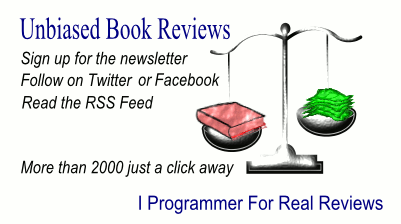| The ActionScript 3.0 Migration Guide |
|
Author: Kris Hadlock This book aims to explain the differences between two versions of ActionScript and it might succeed - but only if you are prepared to read a lot of code. Author: Kris Hadlock ActionScript is a JavaScript like language that has recently changed from version 2.0 to version 3.0 and changed the way that many common things, like events, are handled. As such a book that helps point out how to upgrade sounds like a really good idea. It sets out to explain the differences between AS2 and AS3 but to follow it, you need to be prepared to read a lot of code. The code listings are in colour and presented as a green AS2 version followed by a Red AS3 version. There are also lots of side notes and explanations but it is arguable that this isn't the best way to communicate fairly easy to understand changes. For example the section on defining constants says that AS2 didn't have constants and so programmers often used static public variables for the job. Then there follows an AS2 listing with static public variables being used in place of constants and after this a similar listing with constants replacing the variables. The problem here is that while it shows how to best convert an AS2 program into an equivalent AS3 problem it does little to explain what const and static are all about. The point is that while in AS2 you might have used static fields to provide something like a constant the two are not related features - a static field is a read/write class rather than instance filed and a constant is a read/only instance field. This means that if you don't really understand static then you are unlikely to make correct and best use of const in the future. The same sort of problem occurs throughout the book. On the other hand if you like real world side-by-side comparisons of how code in AS2 can be converted into AS3 then this might be useful to you. For me it simply missed the opportunity to tell me the principles and then perhaps provide one or two simple illustrations of the idea. The final problem with this book is that it is very short at around 140 pages and so doesn't really provide value for money. It also doesn't cover as wide a range of approaches to AS3 as you might expect from a book with the subtitle "making the move from ACTIONSCRIPT 2.0". If you are a complete beginner you might get something out of the very practical presentation of changes in the language but your time would be better spent in getting a better grip on the science and art of programming and AS3 in particular. If you are an expert and looking for a quick summary of changes in the language - this isn't it.
|
|||
| Last Updated ( Tuesday, 11 May 2010 ) |
